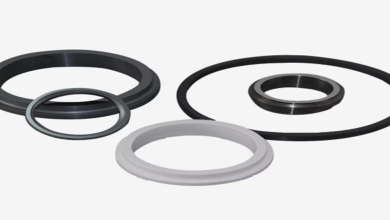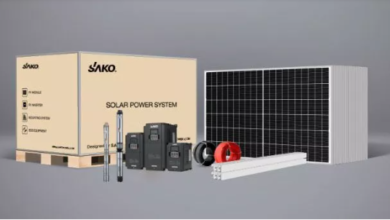New developments in engine management

Introduction
would need to withstand corrosion and slightly different cold start strategies are needed. Other than this, changes to the engine ‘maps’ are all that is required. If an alcohol sensor is used in the fuel tank, the management system could adapt to changes in the percentage of alcohol used, if mixed with petrol. Some advantages in emissions are apparent with ethanol–petrol mixtures. It is said that the use of alcohol fuels is a political, not a technical issue. Gas-powered engines have been used for some time but storage of suitable quantities is a problem.
Delphi’s ‘building block’ approach to advanced engine management systems
This section is included as an example of how the ‘current thinking’ is going with regard to engine management systems in general. Delphi is a well-respected company in this area. The following is taken from a Press Release – Delphi Energy & Engine Management Systems, Presentation to the SAE, 1998.
possible exhaust stream while maintaining top performance and fuel economy, and continuously diagnosing system faults. However, the focus on those priorities often varies around the world, reflecting differing governmental regulations, customer expectations and driving conditions, and a host of vehicle types and content levels.
Video link diagnostics
Some manufacturers have introduced hand-held video cameras to aid with diagnosing faults. This is relevant to all areas of the vehicle as well as engine management systems. The camera is linked via an Internet/modem line from the dealers to the manufacturers. The technician is, therefore, able to show what tests have been done as well as describe the problem to the engineer/ specialist.
Saab combustion control system
The Saab Combustion Control (SCC) system has been developed to reduce fuel consumption and significantly reduce exhaust emissions. However, engine performance is not affected. The key to the operation of the SCC is the use of exhaust gases.
By circulating a significant proportion of exhaust gas back into the combustion process, the fuel consumption can be reduced by up to 10%. The exhaust emissions can also be reduced to a value below the American Ultra Low Emission Vehicle 2 (ULEV2) and the European Euro 4 requirements. This technology almost halved the carbon monoxide.
Variable spark plug gap with high spark energy – the spark plug gap is variable from 1–3.5 mm. The spark is created from the center electrode of the SPI to a fixed earth electrode, with a 3.5 mm gap, or to an earth electrode actually on the piston. Very high spark energy (about 80 mJ) is necessary to ignite an air/fuel mixture that is mixed with 70% of exhaust gases.
As the piston reaches the end of the power stroke, the exhaust valves open, and most of the exhaust is discharged through the exhaust ports. The remaining exhaust gases are discharging as the piston rises on the exhaust stroke.
At the start of the inlet stroke, the exhaust and inlet valves open, and the mixture of exhaust and fuel is drawn back from the exhaust manifold into the cylinder. A significant proportion of the exhaust/ fuel mixture now flows up into the inlet ports.
Last word
As the piston continues to move down, the exhaust valves close but the inlet valves stay open. The exhaust/fuel mixture that flowed into the inlet manifold is now drawn back into the cylinder.
Understanding the conjugation of verbs is essential in mastering a language. It involves various verb forms and tenses, which convey the timing and completion of actions. Additionally, mood and voice variations add further complexity to verb conjugation. The nuances of shabd roop encompass the subtleties of language, requiring attention to detail and practice for fluency





